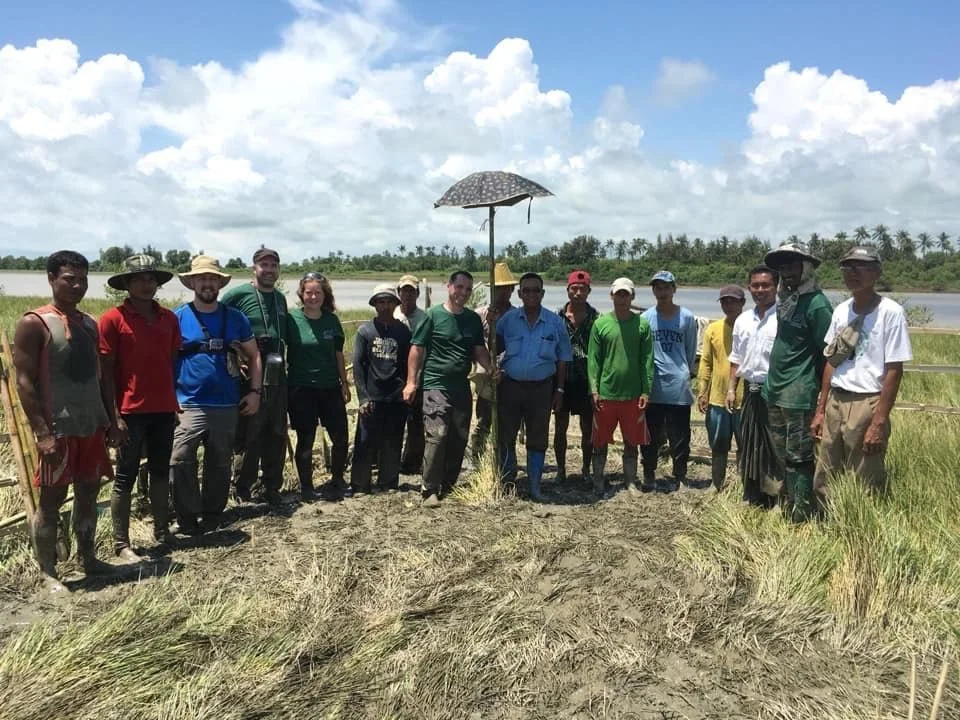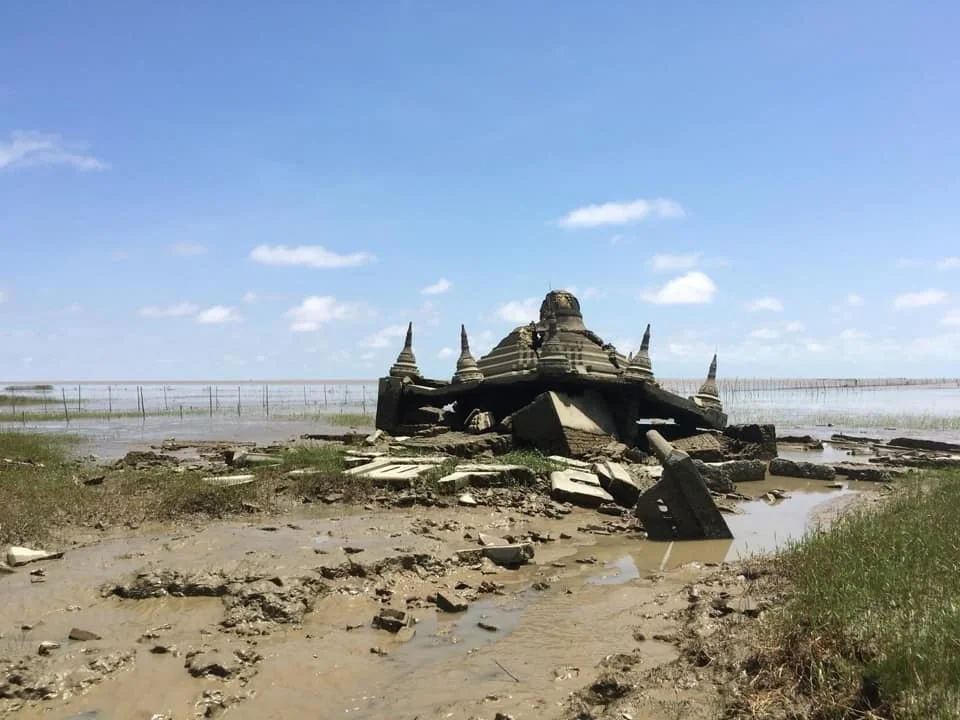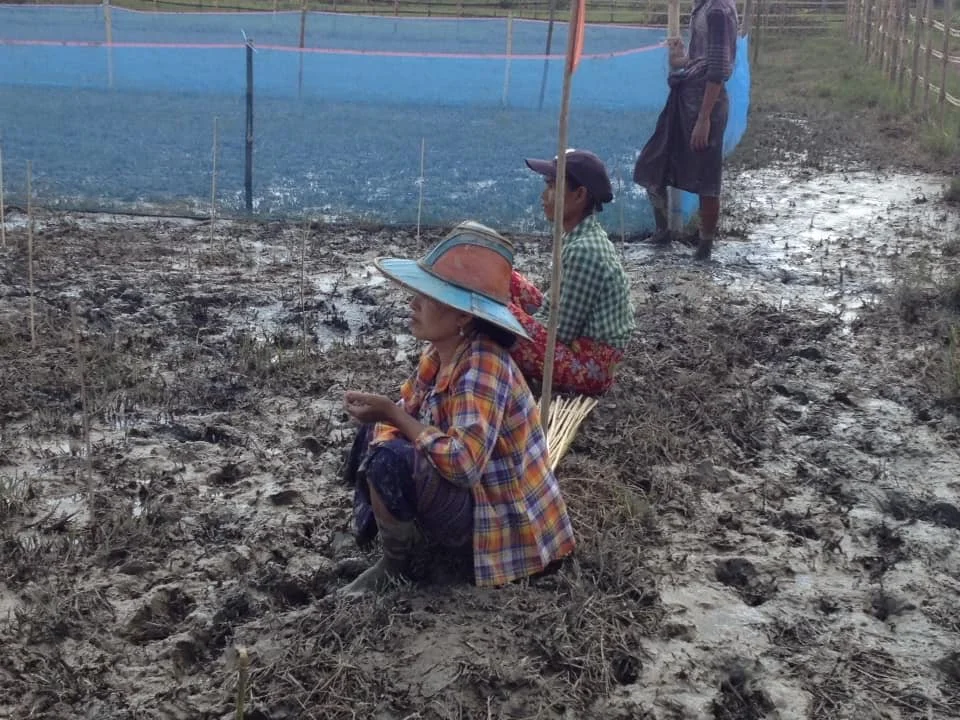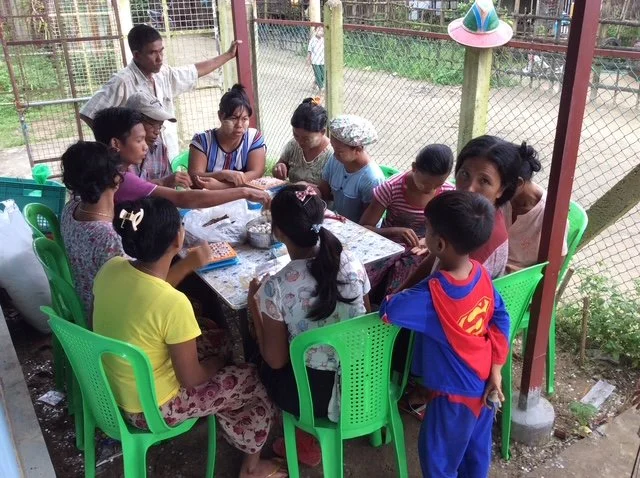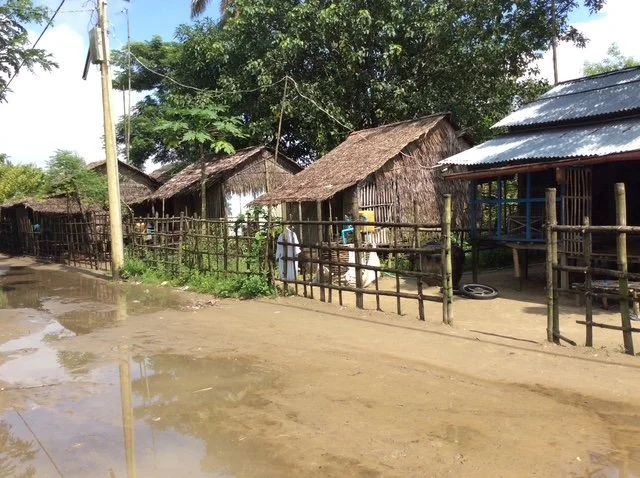Responsible Business Insights
Planting Resilience: Myanmar - Biocarbon Engineering
Myanmar, once known as Burma, captured my heart the moment I arrived. It’s a country of colour, warmth and incredible resilience. From the chaotic energy of Yangon, with its markets spilling onto the streets and the hum of seven million people, to the endless rice paddies of the Irrawaddy Delta, life here feels completely bound to the land and water.
I first travelled south to the Delta in the aftermath of seeing how the region still bore the scars of Cyclone Nargis. Even years after that devastating storm, which killed over 138,000 people and flooded the rice fields with saltwater, the fragility of this flat, low-lying land was clear. More recently, Cyclone Mocha in 2023 showed that the risk hasn’t gone away. The people here are strong and determined, but the combination of rising seas, poor infrastructure, and more intense storms makes their future uncertain.
I came to Myanmar to be part of a project that felt both practical and hopeful: planting mangroves to defend these communities against the impacts of climate change. We spent days in the tidal mudflats, planting mangrove seeds by hand and trialling different planting techniques to find the most effective way to restore mangroves at scale. Some seeds were placed directly in the mud, others in a prepackaged ball with nutrients. The next stage was to test firing the see balls at scale using drones and modified paintball guns!
Mangroves are extraordinary; they capture and store carbon in their tangled roots and the rich soils beneath, while also creating new habitats for crabs and fish. That meant that every seed we planted had the potential to protect the coast, store carbon, and provide income for local families.
Seeing these nature-based solutions in action gave me a real sense of what climate resilience looks like on the ground. It isn’t abstract policy – it’s communities, mud, seeds, and hope. Combining restored ecosystems with practical innovations like early warning systems and raised shelters could transform how this region faces the storms to come.
Leaving Myanmar, I felt inspired and humbled. I’d been part of something small but meaningful – helping rebuild natural defences, support local livelihoods, and capture carbon for the planet. One day I hope to return, to see those mangroves rising strong against the tide, a living testament to the power of working with nature rather than against it.
READY TO BE A RESPONSIBLE BUSINESS?
Contact us today to learn more about how we can help you take meaningful steps toward a sustainable, purpose-driven future.



